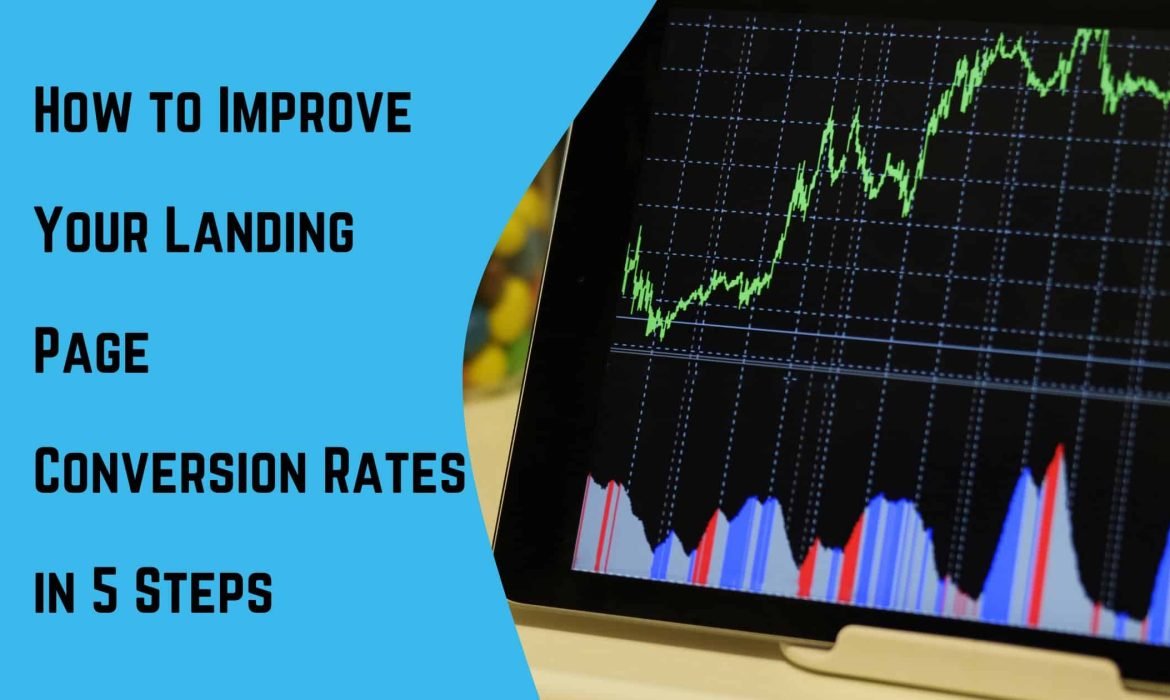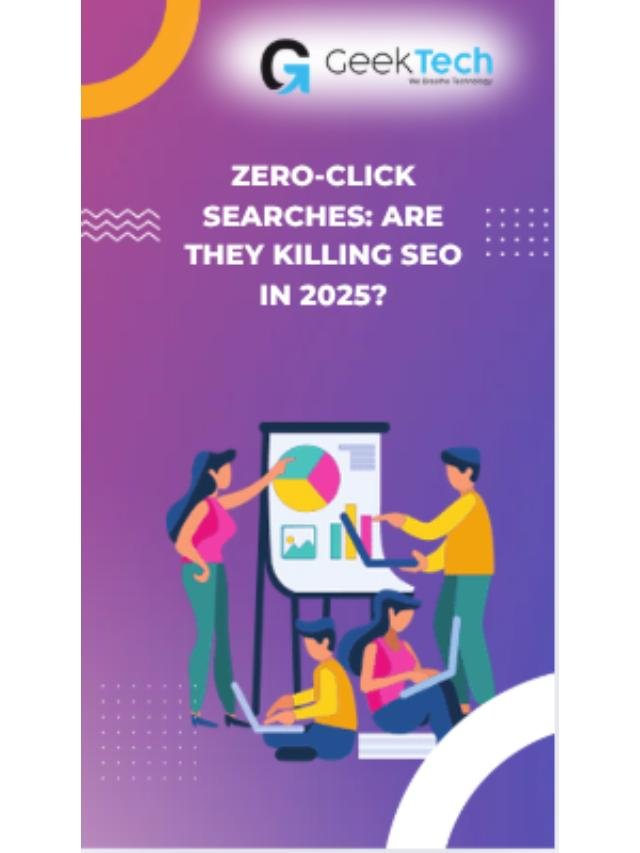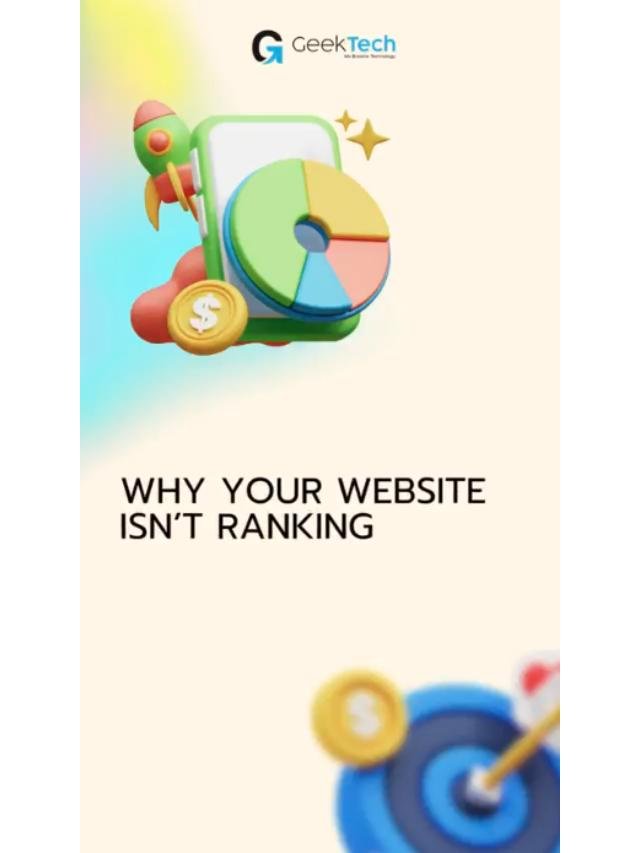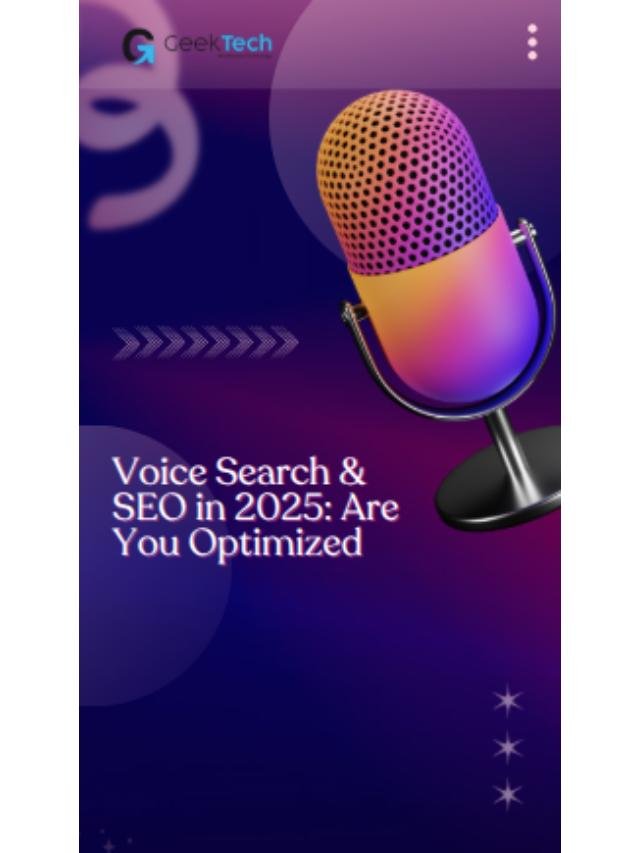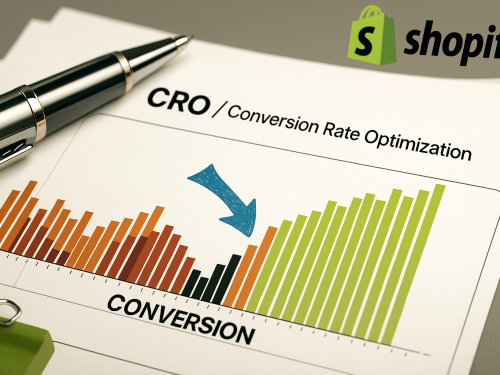Landing pages are the best way to engage visitors and turn them into customers. Still, not every landing page fulfils this purpose. So, to maximise the conversion rate on your landing page, it is necessary to imply a well-formatted conversion rate optimisation strategy. This blog has five actionable steps that will help you acquire the maximum conversion rate on your landing page.
Let’s discuss the top strategies and increase your conversion rate!
Here Are The 5 Proven Steps to Boost Your Landing Page Conversion Rate
1. By Understanding Your Audience
You can improve your landing page by understanding your audience. Even the most visually appealing design fails to resonate without knowing who you are targeting. So, start gathering data of your visitors, such as:
- Demographics: Age, gender, location, and occupation.
- Behavioural Patterns: How people walk through your site and spend time on what portions of the page.
- Pain Points and Goals: Know what the audience is trying to solve or what they are trying to achieve.
Pro Tip: Create Buyer Personas
To better understand the audience, start by developing detailed buyer personas. These personas are fictional but research-based profiles that represent your ideal customers. By analysing factors like demographics, interests, and online behaviour, you can craft accurate personas. These profiles then serve as a guide to both your content and design. This ensures that your landing page aligns with your audience’s needs and expectations.

Using tools like Google Analytics and Heatmaps can provide valuable insights into user behaviour. Heatmaps can reveal which parts of your landing page attract the most attention. This helps you position key elements strategically. This knowledge forms the foundation for an effective conversion rate optimisation service specific to your audience’s needs.
2. Simplify Your Design
A messy landing page can irritate visitors. This can cause them to leave the page without taking any action. Keep the landing page design simple and focused to improve your website conversion rate. You can follow the below key principles while creating a landing page:
- Minimalism: Remove unnecessary elements and distractions.
- Readable Content: Use clear fonts, short paragraphs, and bullet points.
- Strong Visual Hierarchy: Highlight important sections like headlines and CTAs (call-to-actions) with contrasting colours or larger text.
Pro Tip: The Use of White Space
White space or negative space is an important design element. It prevents overcrowding of words or visuals. It guides the visitor’s eye to key components of the page. Proper use of white space can make your landing page appear clean and eye-catching.
Additionally, make sure your landing page is mobile-friendly because most users browse through mobile. A responsive design really makes a difference in improving your conversation. Use tools like Google’s Mobile-Friendly Test to ensure perfect performance across different devices.
3. Craft Compelling Headlines and Copy
Your landing page headline is the first thing visitors notice. So, make it compelling, concise, and relevant. A strong headline grabs attention and encourages visitors to stay. For instance:
- Highlight the benefits of your product or service.
- Use actionable language to create urgency (e.g., “Boost Your Sales Today”).
Pro Tip 1: Supporting Copy That Converts
Supporting copy should be equally engaging and aligned with the conversion rate optimisation techniques you employ. Try to focus on the following points:
- Clarity: Give a clear message of what you offer and why it is valuable.
- Benefits-focused: Explain how your product or service solves the problems.
- Social Proof: Use testimonials, reviews, or case studies in the copy. It can be used to build trust. For example, a short customer testimonial like “This tool increased our sales by 30% in just one month” can greatly impact credibility.
Pro Tip 2: Visual Storytelling
Use compelling visuals to capture your audience’s attention. Include your copy with appropriate images, such as icons or infographics, that break up text and communicate information in a consumable and engaging way. For example, use infographics to summarise statistics or icons to illustrate key benefits. Visual storytelling simplifies complex ideas. This makes it easier for the audience to understand your agenda.
Also you can Checkout our webstories to know more marketing strategies!
4. Optimise Your Call-to-Actions (CTAs)
A strong CTA can significantly improve your landing page performance. CTA guides users toward the desired action. For signing up, making a purchase, or downloading a resource, a perfect CTA always works. To optimise your CTAs, you can do the following things:
- Make Them Visible: Use contrasting colours and position them prominently.
- Use Actionable Language: Phrases such as “Get Started,” “Sign Up Now,” and “Learn More” encourage the audience to take action.
- Limit Options: Avoid giving too many choices to your audience, as it can confuse them.
Pro Tip: Test Different CTAs
Testing multiple CTAs is crucial to getting a good conversion rate optimisation strategy. A/B testing helps you decide whether text, colour, or layout is most effective for your target demographic.
5. Test and Refine Continuously
Conversion rate optimisation is a continuous process. Even after implementing the above steps, testing and refining your landing page is crucial. Regularly check its performance by:
- Tracking Key Metrics: Monitor bounce rates, click-through rates, and conversion rates.
- Gathering Feedback: Use surveys or user testing to identify pain points and areas for improvement.
For instance, if your current design isn’t delivering results. Try adjusting the layout or simplifying the navigation. Small changes can lead to significant improvements in your website conversion rate.
Pro Tip: Analyse Competitors
Look at high-performing landing pages from competitors in your industry. Analyse their design, messaging, and CTAs for inspiration. Identify areas where you can outperform them.
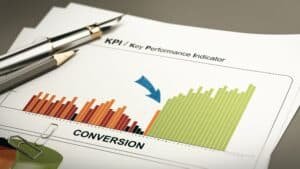
Bonus Tips for Enhanced Conversion Rates
Create a Sense of Urgency
Encouraging visitors to take immediate action can improve conversions. Add elements like countdown timers and limited-time offers. You can also showcase exclusive deals to create urgency. For instance, a banner stating, “Offer ends in 24 hours!” can motivate users to act quickly.
Focus on Page Speed
A slow-loading page can lose the interest of potential customers. For such issues, tools like Google PageSpeed Insights can be used to identify and fix performance issues. Fast-loading pages are important for improving your website conversion rate. Use compressed images and enable browser caching. Additionally, a reliable hosting service should be used for optimal results.
Conclusion
The most important thing to know about your audience is what makes a successful page. You can create a high-performing page. To achieve this, simplify your design, craft compelling headlines, optimise call-to-actions, and continuously test. If you are a business owner or dependent on conversion rate optimisation services, partner with Geek Informatics & Technologies Pvt. Ltd. to achieve better results.
